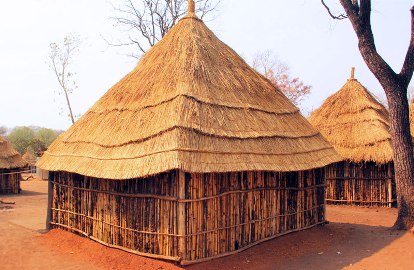Over 100,000 South Sudanese refugees relocated in Ethiopia’s camps
By Tesfa-Alem Tekle
September 24, 2017 (ADDIS ABABA) – The UN Refugee Agency (UNHCR) and the International Organization for Migration (IOM) assisted the Ethiopian government in relocating to refugee camps more than 100,000 South Sudanese who fled renewed conflict in the world’s youngest nation, since September 2016.

“The sheer scale of the refugee influx which started in September 2016 quickly filled the existing camps in the Gambella Region to capacity and forced the Government and UNHCR to open a new camp at Nguenyyiel in October 2016,” says Clementine Nkweta-Salami, UNHCR Representative in Ethiopia.
“Six months down the line, Ngunyyiel was again full with nearly 60,000 refugees and we had to open another refugee camp in the adjacent region of Benishangul-Gumuz, more than 800k away”.
The new camp, Gure-Shembola, now shelters 3,122 refugees who were transported from Gambella on a three-day road trip.
Most of the new arrivals are women and children, including 20,510 children who have either been separated from their parents or travelled alone. They were received in the different entry points by the government refugee agency (ARRA) and UNHCR and were accorded protection and humanitarian assistance before IOM relocated them to the camps.
IOM, the UN Migration Agency, is the sole humanitarian actor providing emergency transport for refugees starting from the border entry points all the way to the refugee camps in Ethiopia.
“With the dry season fast approaching, we are at a critical point as regards new arrivals from South Sudan given that the months of September to December have tended to see the highest numbers of crossings,” says Maureen Achieng, IOM Chief of Mission and Representative to the AU, IGAD and UNECA.
Prior to travel, IOM conducts pre-departure medical screening (PDMS) to ensure refugees are fit for the journey to camps or to refer them for further medical attention from health partners. Medical and operational escorts assist persons with special needs during the relocation movements including pregnant and lactating women, individuals with chronic medical conditions and unaccompanied minors.
Upon arrival in camps, refugees undergo additional registration to ensure access to the different services provided by the Ethiopian government and other partners including food, water, shelter as well as education, health and sanitation facilities.
Ethiopia maintains its open door policy towards refugees and continues to receive new arrivals from several of its neighbours, notably from South Sudan, Somalia, Eritrea, Sudan and Yemen. Sheltering more than 852,000 refugees, including more than 388,000 from South Sudan, Ethiopia hosts the second largest refugee population in Africa, next to Uganda.
To date, UNHCR’s financial requirement of USD 160.8M for the South Sudan Situation is only 11% funded.
(ST)
